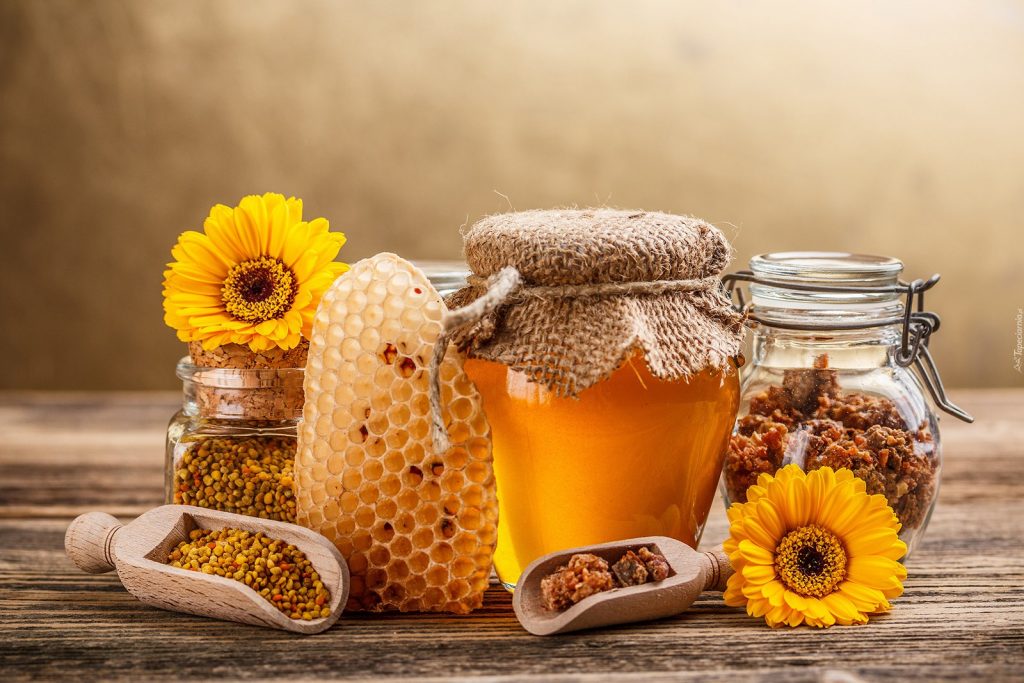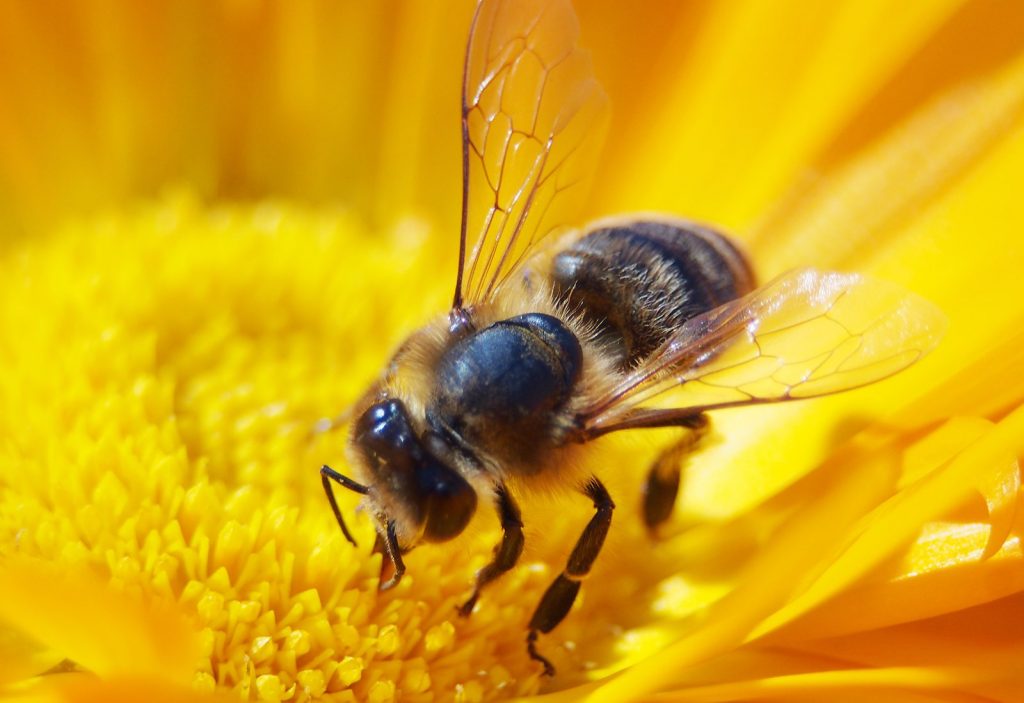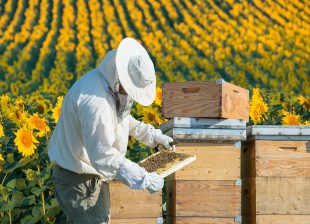
From July through November across the U.S., yellow spikes of flowers on tall, sharp-leafed stems fill ditches and vacant lots. Most people consider Goldenrod a weed to be mowed or eradicated in some chemical fashion. At Lulu’s Bees Farm, we allow areas of these to grow and mature with a purpose. Tall Goldenrod is a fall favorite of the honeybee. Although it is most likely the bees are foraging on a variety of flowers, it is natural to assume the most prevalent flower at any given time is the strongest influence in the honey. Since Goldenrod is available in significant quantities at this time of year, this nectar is the primary component of the honey being produced now.

Nectar sourced from Goldenrod produces a distinct honey. Fellow beekeepers warned to not be alarmed when Goldenrod is in bloom. Even when opening the hive and before harvesting honey, the smell is markedly different. Without this advance notice, I would have been concerned something was wrong. Some written descriptions categorize this as a spicy smell. Others suggest a faint licorice aroma. The leaves of Goldenrod (actually a member of the herb family) do smell a bit like licorice when crushed so perhaps that is a nice way to characterize it. Honestly my best descriptor for the smell of Goldenrod honey is “cheesy”.
Goldenrod-based honey is a rich amber color, much darker than honey harvested after the bees have foraged on spring flowers such as clover. It is almost as dark as maple syrup. There is a slightly spicy taste and, thankfully, nothing cheesy. The honey is truly delicious.
Goldenrod honey does tend to crystallize faster than clover honey or other wildflower honey. For example, last year the Goldenrod honey crystallized in a matter of weeks while the clover honey stayed liquid for months. Crystallization does not change the flavor or ruin the honey. If liquid honey is desired, it can be gently warmed by placing the container of honey in a bowl of hot water until it liquefies. Never microwave honey. This destroys the nutritional value of the honey and risks scorching. Crystallized honey may also be used “as is”. I find that a slightly crystallized honey is easier to spread on toast anyway. If using in hot tea, the crystallization is not a factor, simply spoon and stir.

Some customers report using local honey to decrease their sensitivity to the pollens that cause seasonal allergies. Taking 1-3 teaspoons of honey per day is said to decrease allergy symptoms. Obviously we cannot claim that our honey whether from Goldenrod or other flowers is a treatment for allergies but there is anecdotal support. Various internet sites also report that regular consumption of local honey is beneficial for seasonal allergy sufferers. As Goldenrod is one of the plants in bloom during fall hay fever season, this honey is in such demand that we quickly sold out.



